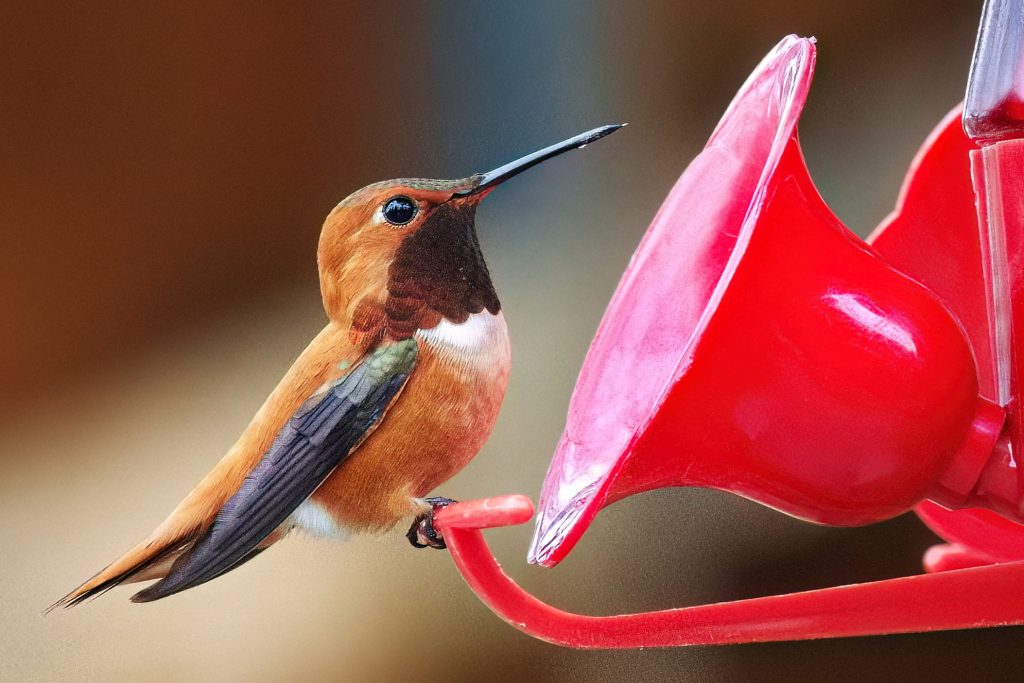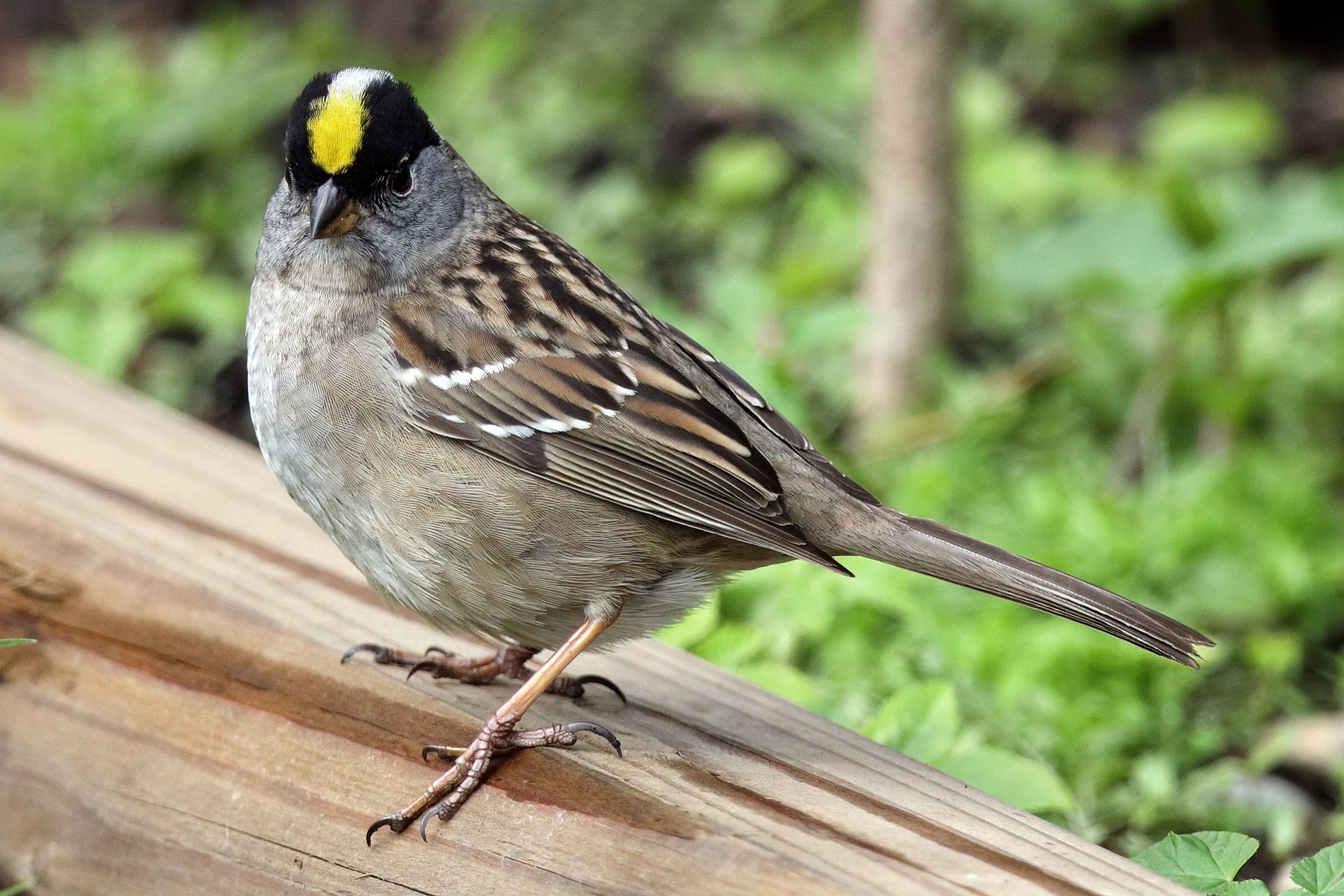Support Us
Since 1979 more than 140,000 animals have been treated by Wildlife Rescue.
Thanks to the support of individuals like you, Wildlife Rescue can provide a lifeline for animals in distress.

In honour of back-to-school season Wildlife Rescue is launching a colouring campaign!
Below you will find three different bird colouring pages. Get the wildlife lovers in your life to colour their favourite bird and post a photo of the creation on social media. Be sure to tag Wildlife Rescue for the chance to be featured online!
Download the templates here.
You can find all of our social media channels here:
This initiative isn’t just for kids, feel free to share these templates with any colouring enthusiasts you know! If you don’t have social media, you can submit your work to giving@wildliferescue.ca

Hundreds of injured and orphaned wildlife patients arrive at Wildlife Rescue due to window and car strikes, nest disturbances, and natural and human disturbances.
Below is your step-by-step guide that takes you through the process of dropping off rescued animals.
Canada has a wide range of bird species. In British Columbia, we may host bird species for a longer period or at different times of the year, than other parts of Canada.
Giving Tuesday is a day dedicated to giving back, supporting the causes that matter most to you. As a wildlife lover, you can give the gift of hope and help injured wildlife from rescue to release.
Right now, we have dozens of animals in care that need your support. Birds like this young Swainson’s Thrush who was admitted to Wildlife Rescue after flying straight into a window. Although birds have excellent vision, surpassing humans in many ways, window strikes are common as birds see open sky and trees reflected in the glass. Hitting a solid pane of glass at full speed can be fatal.
Your yard provides a rich resource of food and shelter to wildlife all year round. In the fall it can be more so as food and a safe place to live become harder to find. While you might want to tidy up your yard before the winter months, here are a few reasons why it is good to hold off.

Your yard is a precious resource for so many species of wildlife, thank you for taking care of it.
If you see a bird that has exposed bone or blood, bugs or insects covering it, no feathers, or a bird that is sleeping, human intervention is required. Please contact our Support Centre for assistance.
If you would like to help with the many efforts of the Wildlife Rescue Association, please click here to learn more.
The Sora is a small waterbird of the family Rallidae, sometimes referred to as the sora rail or sora crake. This small chicken-like bird is chubby with uniquely long toes that help it to tackle floating vegetation when searching for food. Soras are grayish-brown with white-edged feathers, a dark throat patch with vertical white lines, a black mask from the bill to the eye and a white patch under the tail. The bill is bright yellow which might make you think of Hallowe’en candy corns.
Thanks to the efforts of Wildlife Rescue staff and you the young herons were raised under supportive care at Wildlife Rescue hospital. One heron was much older than the other and developed his skills quickly and therefore was released a few weeks earlier and the other joined him a few weeks later.
The large group of quails has been growing and developing slowly over the last few weeks and has gained weight and are starting to show signs of flight. They are not in the final stage of their pre-conditioning release and in a large enclosure that mimics their natural environment.
Wildlife Rescue Support Centre has been busy answering curious finders and coordinating the increased appearance of bats in the last 3 months. Although the majority of the 208 of calls are inquiries only about bat safety and protocol, Wildlife Rescue has seen a surge in the number of bats who need supportive care and treatment.
This is a unique species at Wildlife Rescue and has not been its care in the 40 years of operations. It is not known to live within the lower mainland but instead in the dry interior valleys of B.C. Working with the regional biologist and bat specialist we are assessing what and how the bat has come to the lower mainland and if this species will continue to expand their habitat or it is a lone individual in the wrong place.